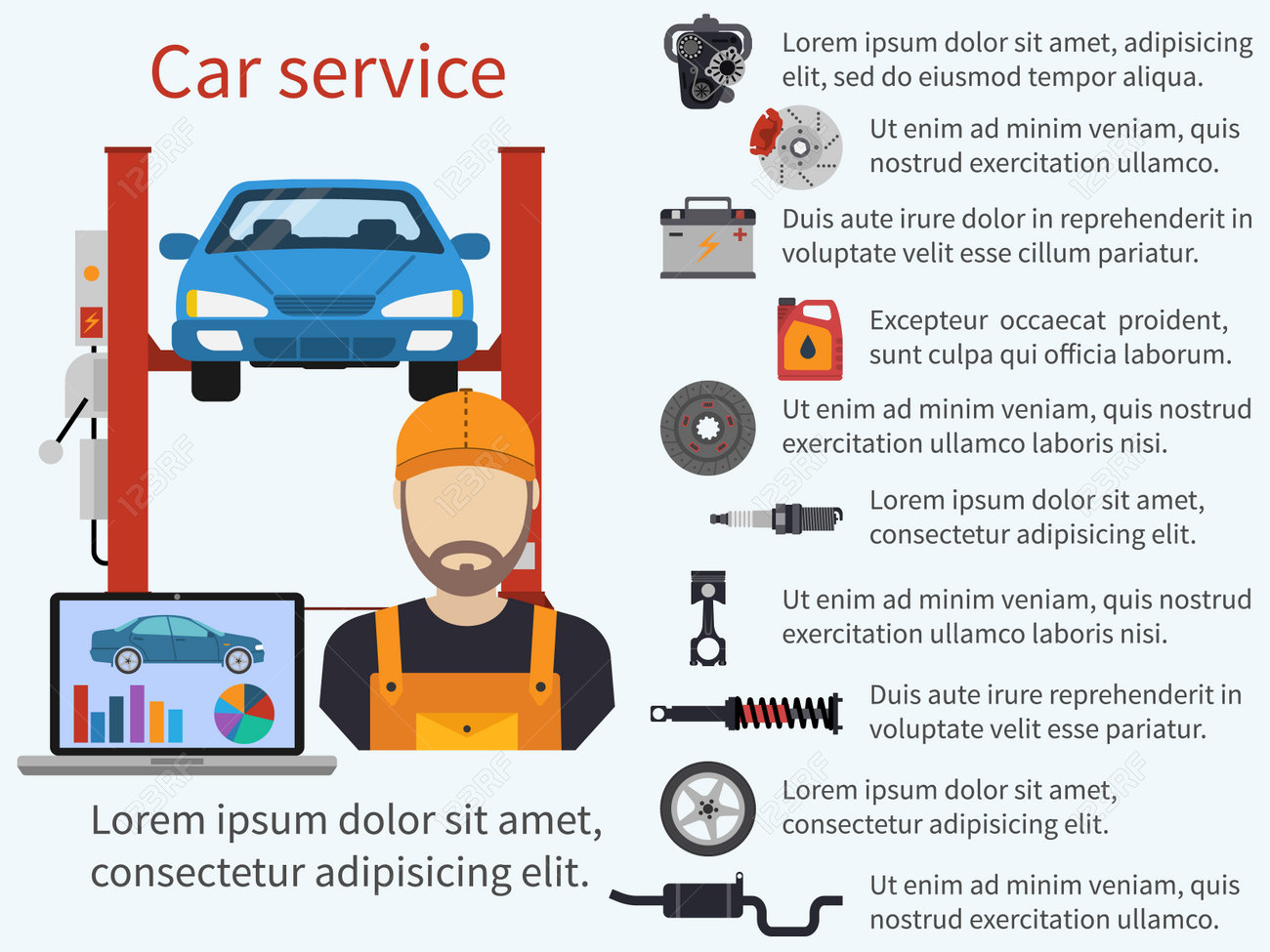Evaluating Your Automobile'S Warning Indicators: What They Really Communicate
Evaluating Your Automobile'S Warning Indicators: What They Really Communicate
Blog Article
Staff Writer-Termansen Gilbert
When you lag the wheel, those radiant caution lights on your dashboard can be a little bit bewildering. Do you understand what they're attempting to tell you concerning your car's health? Comprehending the importance of these lights is crucial for your security and the durability of your automobile. So, https://brake-line-fittings84061.blogripley.com/30544113/the-total-resource-for-car-detailing-supplies-trick-details-every-beginner-should-understand of those lights appears, wouldn't you wish to analyze its message precisely and take the required actions to resolve it?
Common Caution Lighting and Interpretations
Determine typical caution lights in your car and understand their significances to make sure safe driving.
The most normal caution lights include the check engine light, which indicates concerns with the engine or exhausts system. If this light comes on, it's critical to have your vehicle inspected without delay.
The oil stress alerting light shows reduced oil stress, calling for immediate attention to prevent engine damage.
just click the up coming web site flashing battery light may recommend a damaged charging system, potentially leaving you stranded if not dealt with.
The tire pressure monitoring system (TPMS) light informs you to reduced tire stress, impacting vehicle stability and gas effectiveness. Disregarding this might bring about harmful driving problems.
The ABS light suggests a trouble with the anti-lock braking system, endangering your capability to quit quickly in emergencies.
Lastly, the coolant temperature level warning light warns of engine overheating, which can cause extreme damages if not fixed swiftly.
Comprehending these common warning lights will certainly aid you attend to problems promptly and maintain secure driving conditions.
Relevance of Prompt Attention
Understanding the common caution lights in your car is only the initial step; the relevance of quickly resolving these cautions can't be stressed enough to ensure your security when traveling.
When a warning light brightens on your control panel, it's your vehicle's way of communicating a possible issue that needs focus. Ignoring these cautions can lead to extra extreme problems down the road, compromising your safety and possibly costing you extra out of commission.
Trigger focus to cautioning lights can stop malfunctions and mishaps. For example, a blinking check engine light could indicate a misfire that, if left neglected, might trigger damages to the catalytic converter. Addressing this promptly can save you from a costly fixing.
Likewise, a brake system warning light may signal low brake fluid or used brake pads, vital parts for your security when driving.
Do It Yourself Troubleshooting Tips
If you see a caution light on your dashboard, there are a couple of DIY troubleshooting suggestions you can attempt before looking for specialist help.
The initial step is to consult your car's handbook to comprehend what the particular warning light indicates. In some cases the problem can be as simple as a loosened gas cap setting off the check engine light. Tightening the gas cap might solve the issue.
Another usual issue is a reduced battery, which can set off different alerting lights. Examining the battery links for rust and guaranteeing they're secure might take care of the problem.
If a warning light continues, you can attempt resetting it by separating the car's battery for a couple of minutes and after that reconnecting it. In addition, examining your automobile's fluid levels, such as oil, coolant, and brake liquid, can help troubleshoot advising lights related to these systems.
Conclusion
In conclusion, understanding your vehicle's warning lights is necessary for maintaining your automobile running smoothly and safely. By immediately resolving these notifies and understanding what they mean, you can prevent costly repair services and possible failures.
Remember to consult your car's handbook for specific information on each advising light and take action as necessary to ensure a trouble-free driving experience.
Keep notified, remain risk-free on the road!
